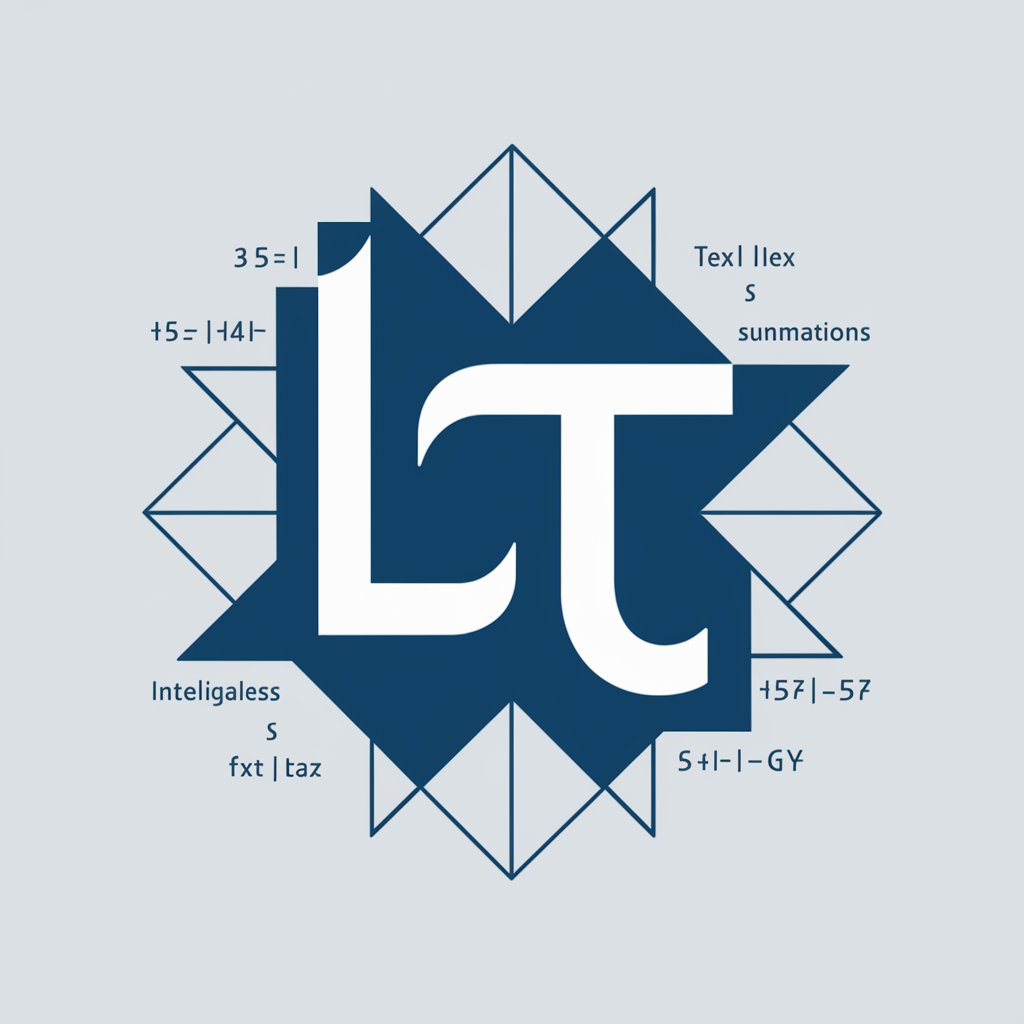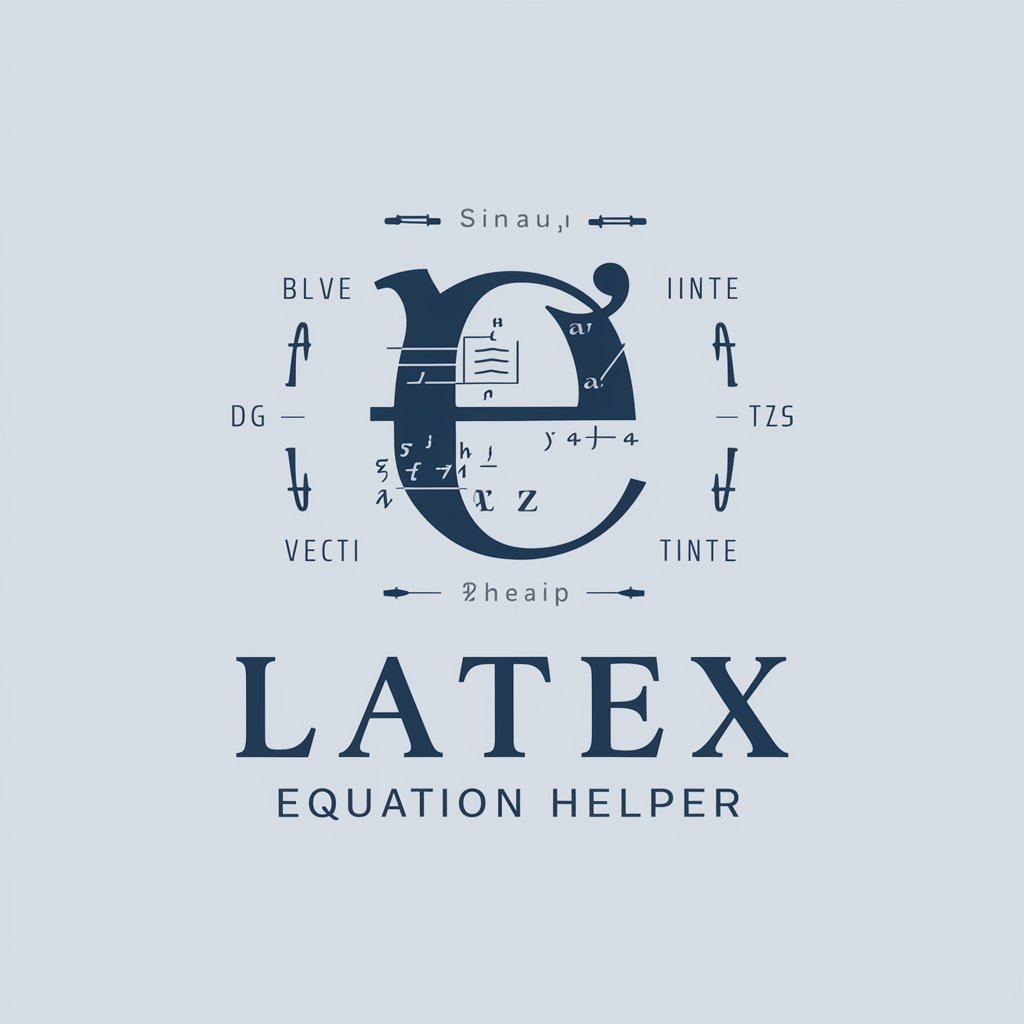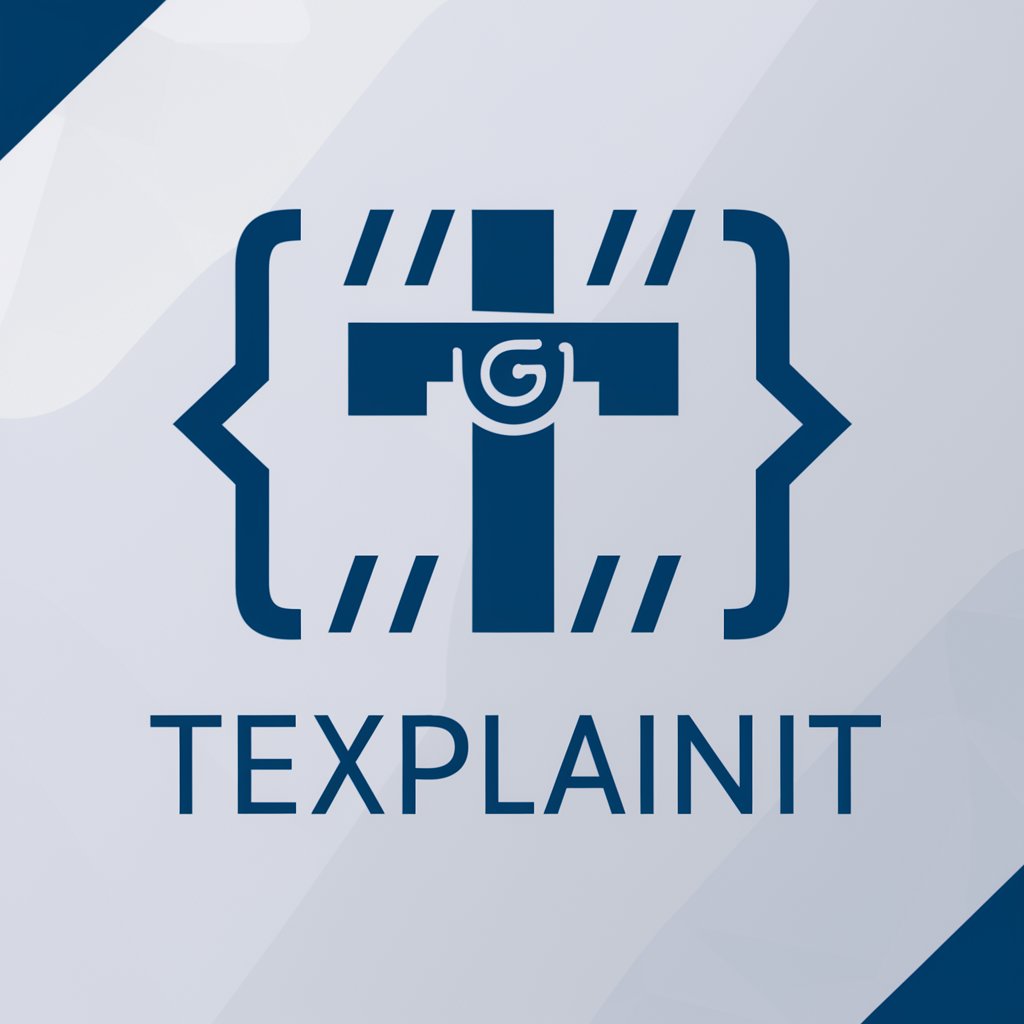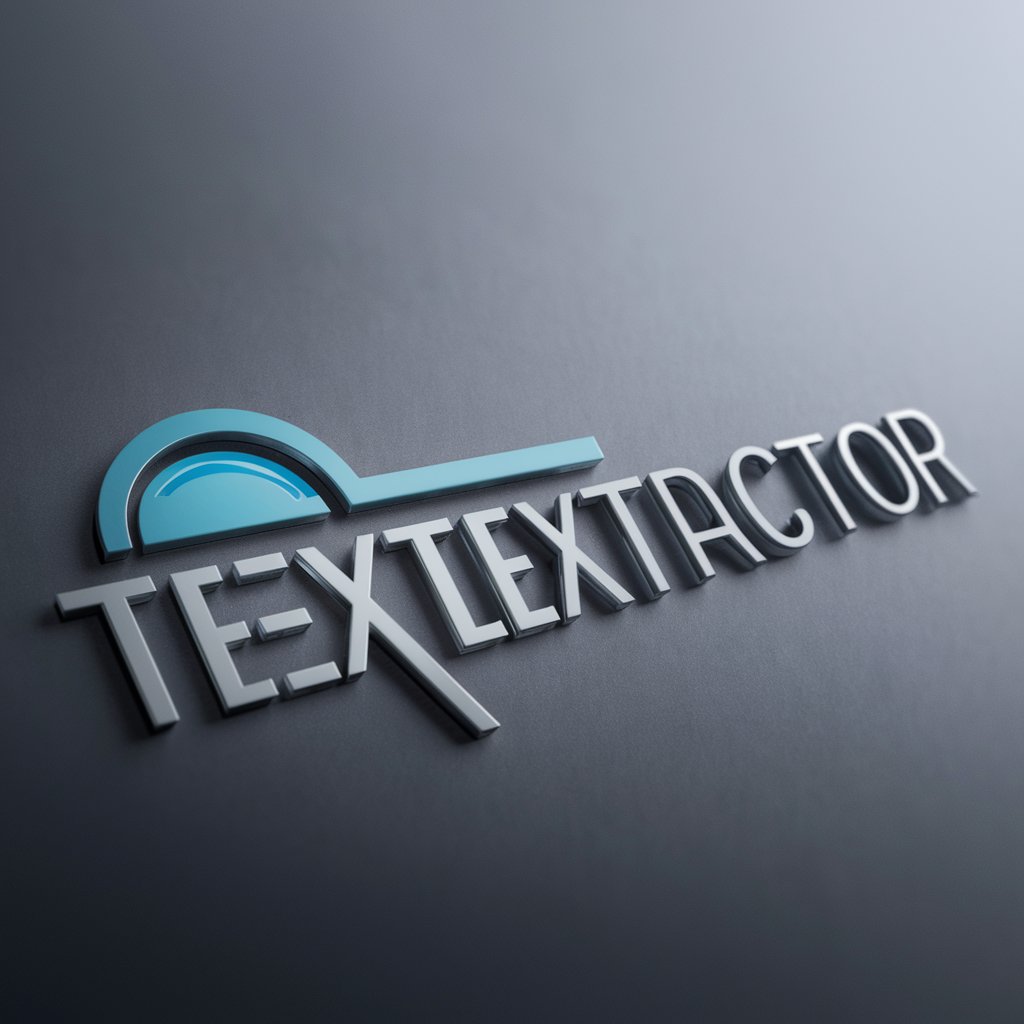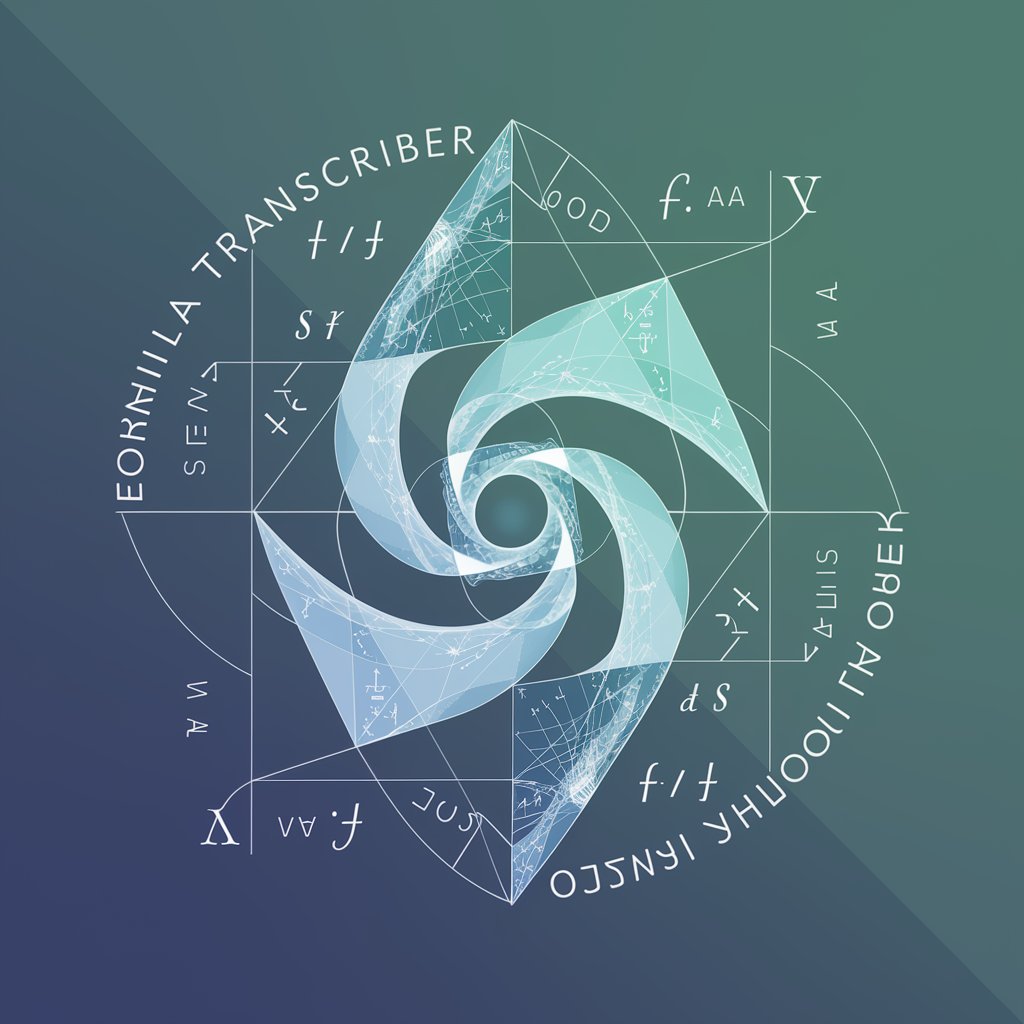
TEI Lex 0 Converter - TEI Lex-0 Data Conversion
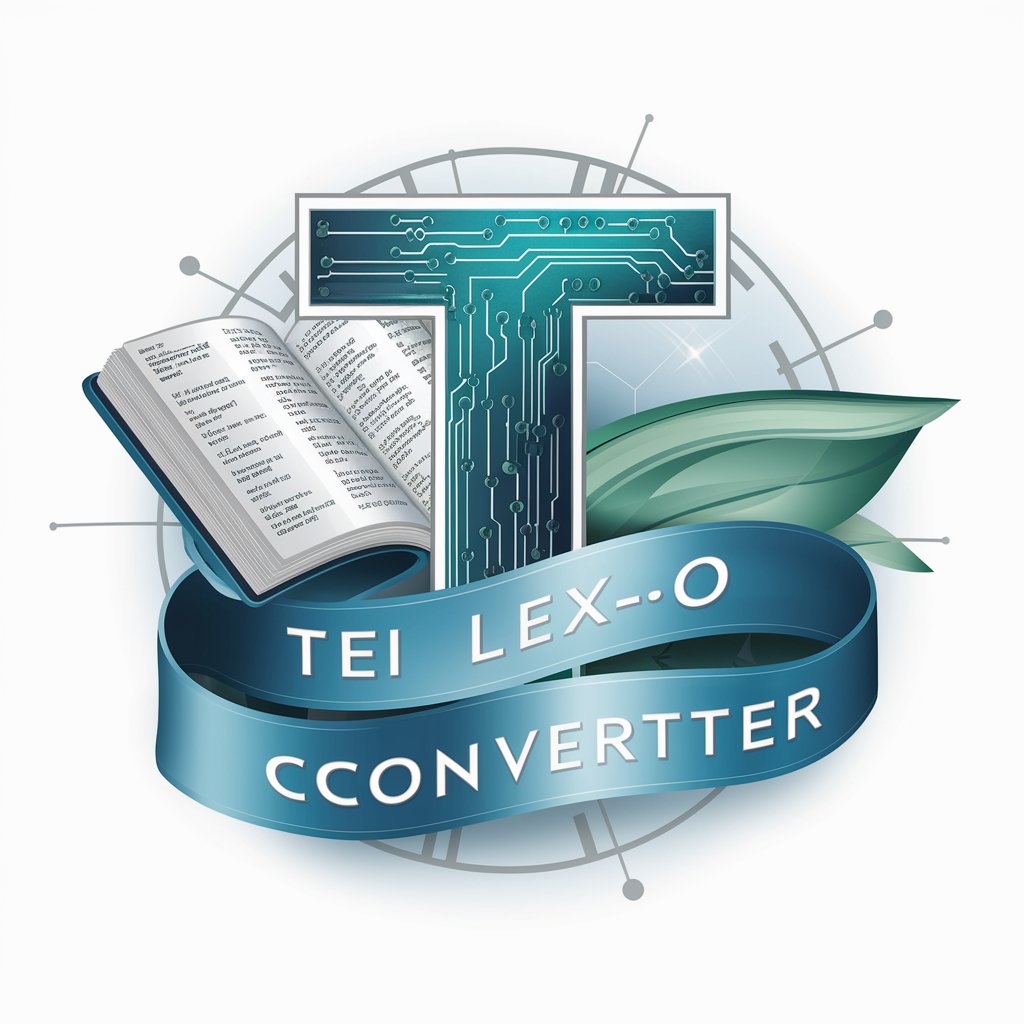
Welcome to TEI Lex-0 Converter!
Transforming lexicographic data into standardized digital formats.
Convert the following dictionary entry into TEI Lex-0 format...
Generate a TEI Lex-0 compliant XML for the given text...
Transform this lexical data into TEI Lex-0...
Create a TEI Lex-0 structure for the following linguistic entry...
Get Embed Code
Introduction to TEI Lex 0 Converter
TEI Lex 0 Converter is designed to assist in the encoding and transformation of lexicographic data into TEI Lex-0 format, a highly structured XML schema derived from the Text Encoding Initiative (TEI) guidelines. This tool aims to establish a baseline encoding for lexicographic resources to enhance their interoperability and accessibility. By standardizing data representation, it facilitates the integration and analysis of lexical datasets from diverse sources. A common use case might involve converting a traditional print dictionary into a machine-readable format, enabling its integration into digital humanities projects or linguistic research platforms. Powered by ChatGPT-4o。

Core Functions of TEI Lex 0 Converter
Automatic ID Generation
Example
In cases where lexicographic entries lack unique identifiers, the converter automatically assigns sequential 'id' attributes to elements like '<entry type="wordFamily" id="XXXXXX">', ensuring each entry can be uniquely referenced within the dataset.
Scenario
This is particularly useful when digitizing print dictionaries or integrating multiple lexical resources, where consistent and unique identification of entries is crucial for data management and cross-referencing.
Grammatical Information Encoding
Example
The converter replaces generic tags like '<pos>' with more structured representations such as '<gramGrp><gram type="pos">noun</gram></gramGrp>', facilitating detailed grammatical analysis.
Scenario
This function aids in the linguistic analysis of lexical items, allowing for the automatic categorization of words based on parts of speech, gender, and other grammatical attributes, thereby supporting complex linguistic queries and research.
Punctuation Standardization
Example
It standardizes textual representation by converting punctuation into TEI compliant tags like '<pc>,</pc>' for commas, enhancing the readability and processing of lexicographic data.
Scenario
Standardizing punctuation is essential in creating uniform, machine-readable lexical datasets, which can then be used in various computational linguistic applications, including natural language processing and automated text analysis.
Language Specification
Example
The converter employs tags like '<xml:lang="en-Latn">' to specify the language and script of lexicographic entries, adhering to BCP47 standards.
Scenario
This ensures that linguistic data from diverse languages and scripts can be accurately represented and processed, facilitating multilingual lexicography projects and cross-linguistic research.
Ideal Users of TEI Lex 0 Converter Services
Digital Humanists
Researchers in the digital humanities who work with historical texts, dictionaries, and linguistic corpora stand to benefit significantly. The converter's ability to digitize and standardize lexicographic data makes it an invaluable tool for analyzing language evolution, cultural studies, and historical linguistics.
Lexicographers
Professional lexicographers and linguists involved in dictionary compilation and editing can use the converter to create or transition their works into a digital, interoperable format, thereby enhancing the accessibility and usability of lexical resources in digital environments.
Language Technologists
Developers and researchers in language technology fields such as natural language processing (NLP), machine translation, and automated text analysis can utilize the structured, machine-readable data produced by the converter to train models, develop language tools, or enhance linguistic databases.

How to Use TEI Lex 0 Converter
Start with YesChat.ai
Begin by accessing YesChat.ai for an effortless trial experience that requires no login or ChatGPT Plus subscription.
Upload Your Data
Prepare your lexicographic data in a compatible format. For optimal results, ensure your data is well-structured according to TEI Lex-0 specifications.
Configure Conversion Settings
Adjust the converter settings to match your specific requirements. This might involve specifying language codes, entry structure preferences, or other TEI Lex-0 related configurations.
Run the Converter
Initiate the conversion process. The TEI Lex 0 Converter will process your data, applying the TEI Lex-0 model to transform it into a compliant format.
Review and Download
Once conversion is complete, review the output for accuracy and compliance. Download the converted data for your use in lexicographic projects or digital humanities research.
Try other advanced and practical GPTs
The DailySEL Level 0 Coach
AI-powered SEL Strategy Tailoring for Schools

0.UV Diorama Master
Craft detailed dioramas with AI-powered precision.

0 1
Expert AI-driven summaries and insights.

Badico 0
AI-powered agricultural optimization for enhanced farm profitability.

0 GPT
Dive into history with AI-powered insights

Astrology Kundli Guru
Empowering decisions with AI-powered astrology
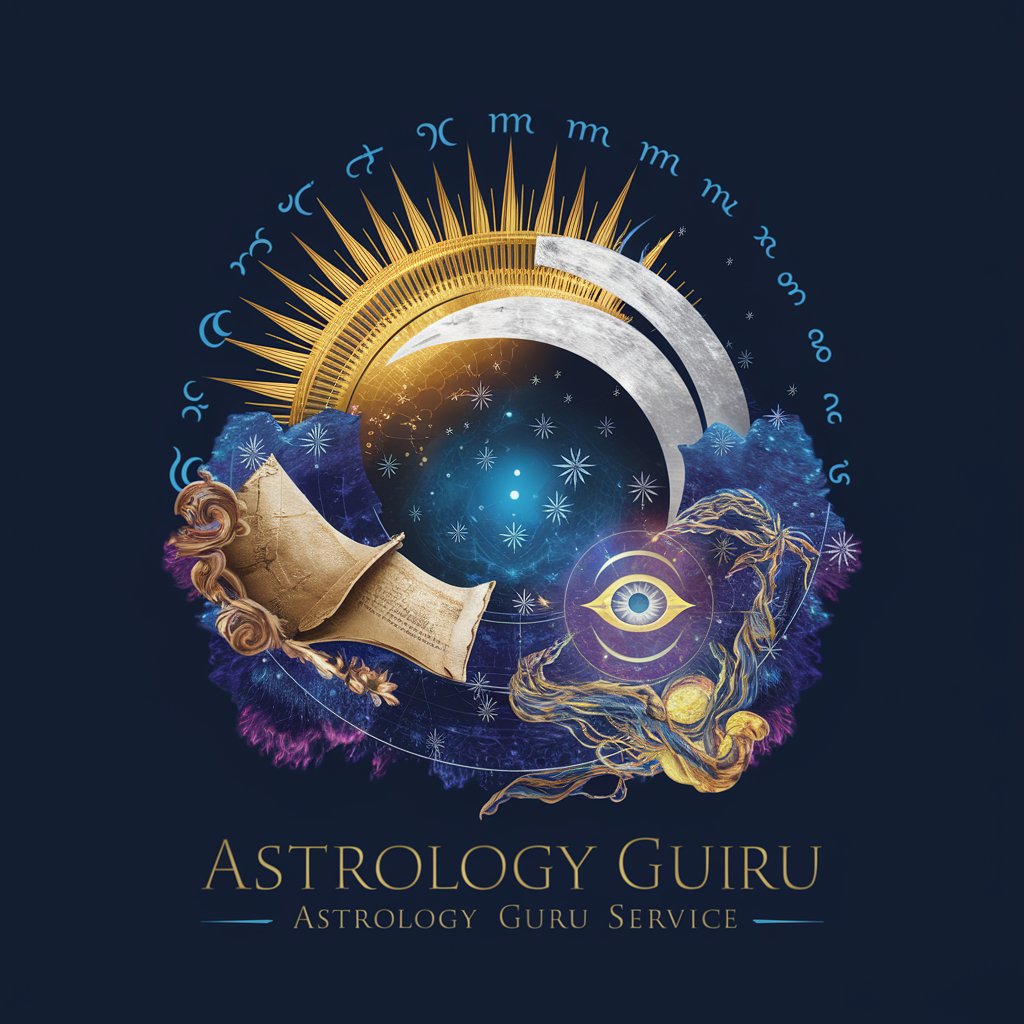
STATE 0 CONCEPT PLOTTER
Visualizing ideas in conceptual space.

Reviewer #0
Elevate Your Academic Writing with AI

Math Helper
Empowering math understanding with AI.
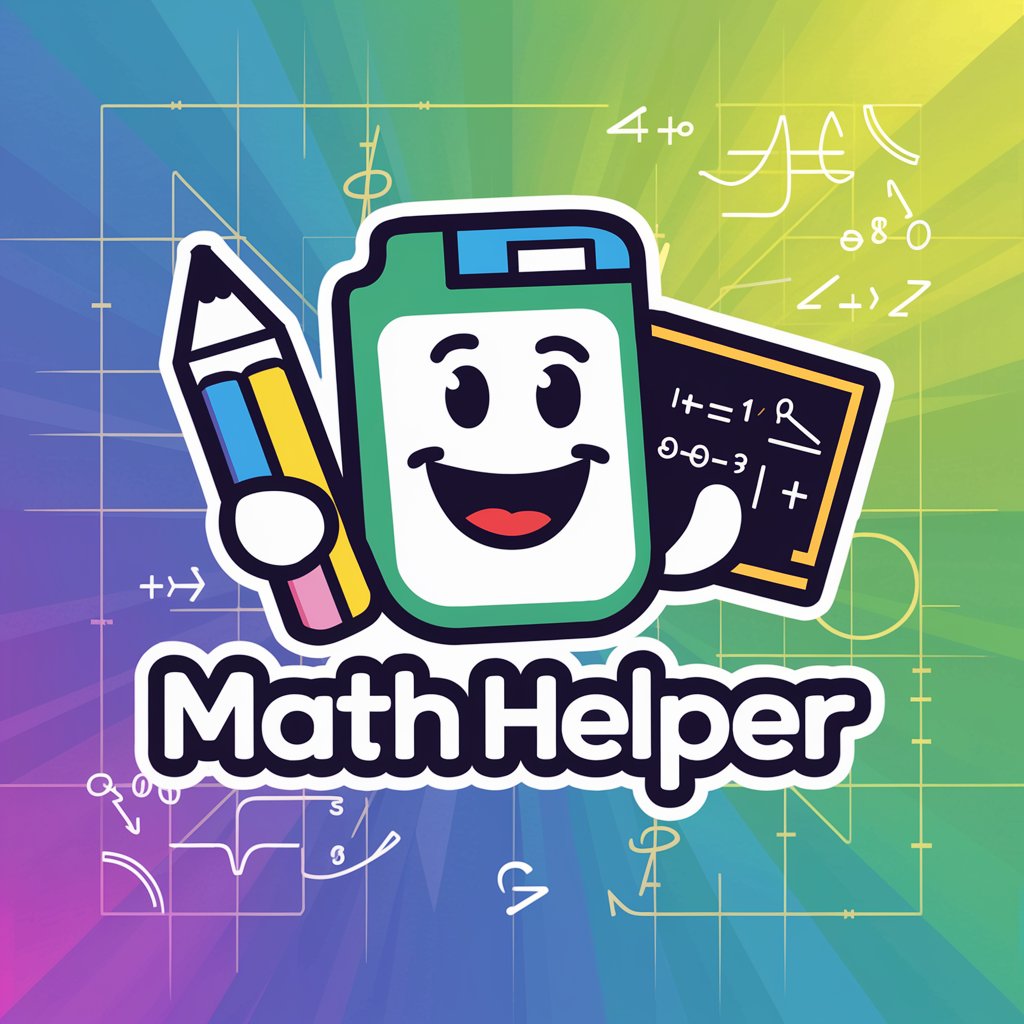
Tarot Tutor
Unlocking Mysteries with AI-Powered Tarot Guidance

Philosophical Tutor
Navigating Life with AI-Powered Philosophy
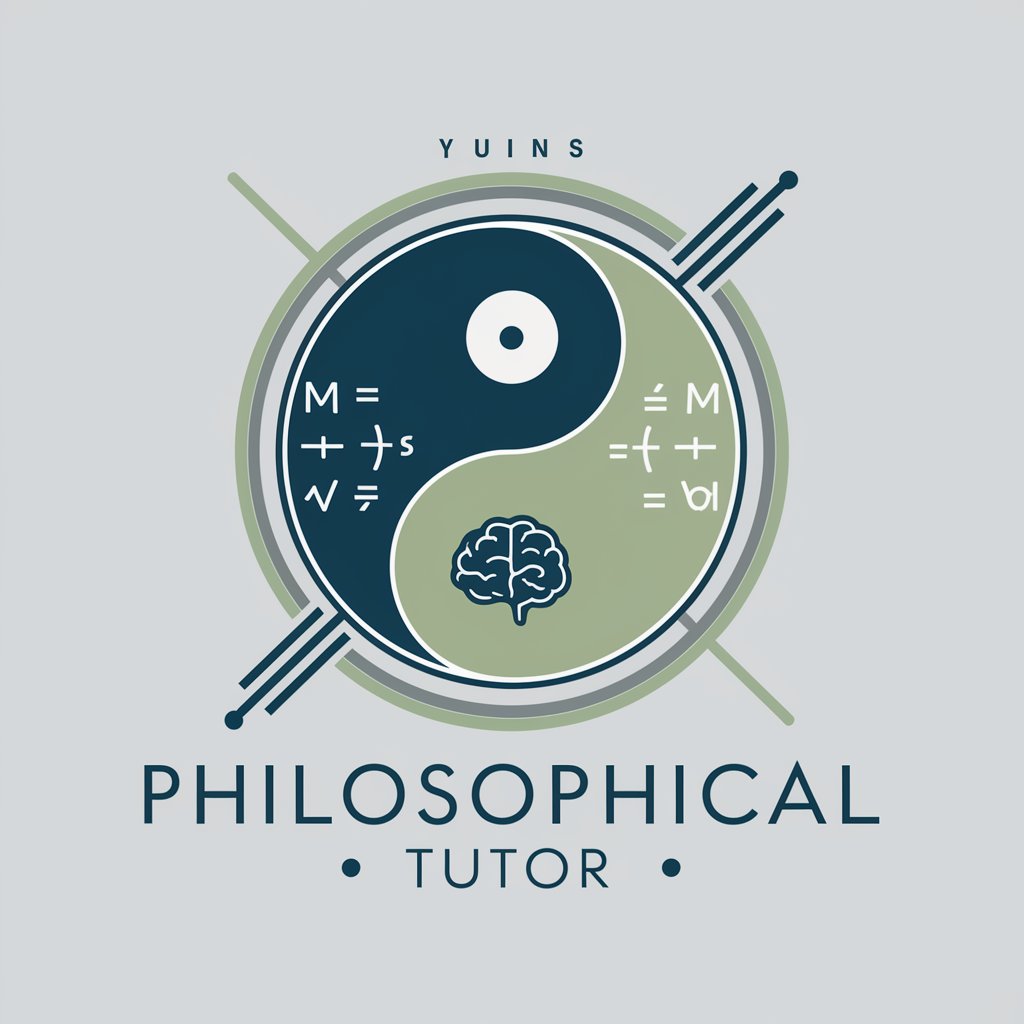
Go Tutor
AI-powered Go Strategy Enhancer

TEI Lex 0 Converter FAQs
What is TEI Lex 0 Converter?
TEI Lex 0 Converter is a specialized tool designed to transform lexicographic data into the TEI Lex-0 format, ensuring compliance with a standardized model for digital dictionaries.
Why should I use TEI Lex 0 Converter?
Using the converter facilitates interoperability among digital lexical resources, making your data accessible and usable within the broader digital humanities and lexicography communities.
What formats can I convert into TEI Lex-0?
While the converter is optimized for structured textual data, it's best to start with XML or similarly structured formats that clearly delineate lexical entries and their attributes.
Can I customize the output of the TEI Lex 0 Converter?
Yes, the converter allows for customization of certain parameters to fit the specific requirements of your project, such as language codes and entry structure.
How do I ensure the quality of the converted data?
Post-conversion, it's crucial to manually review the output for any errors or inconsistencies with the original data and make adjustments as needed to ensure the highest quality.
